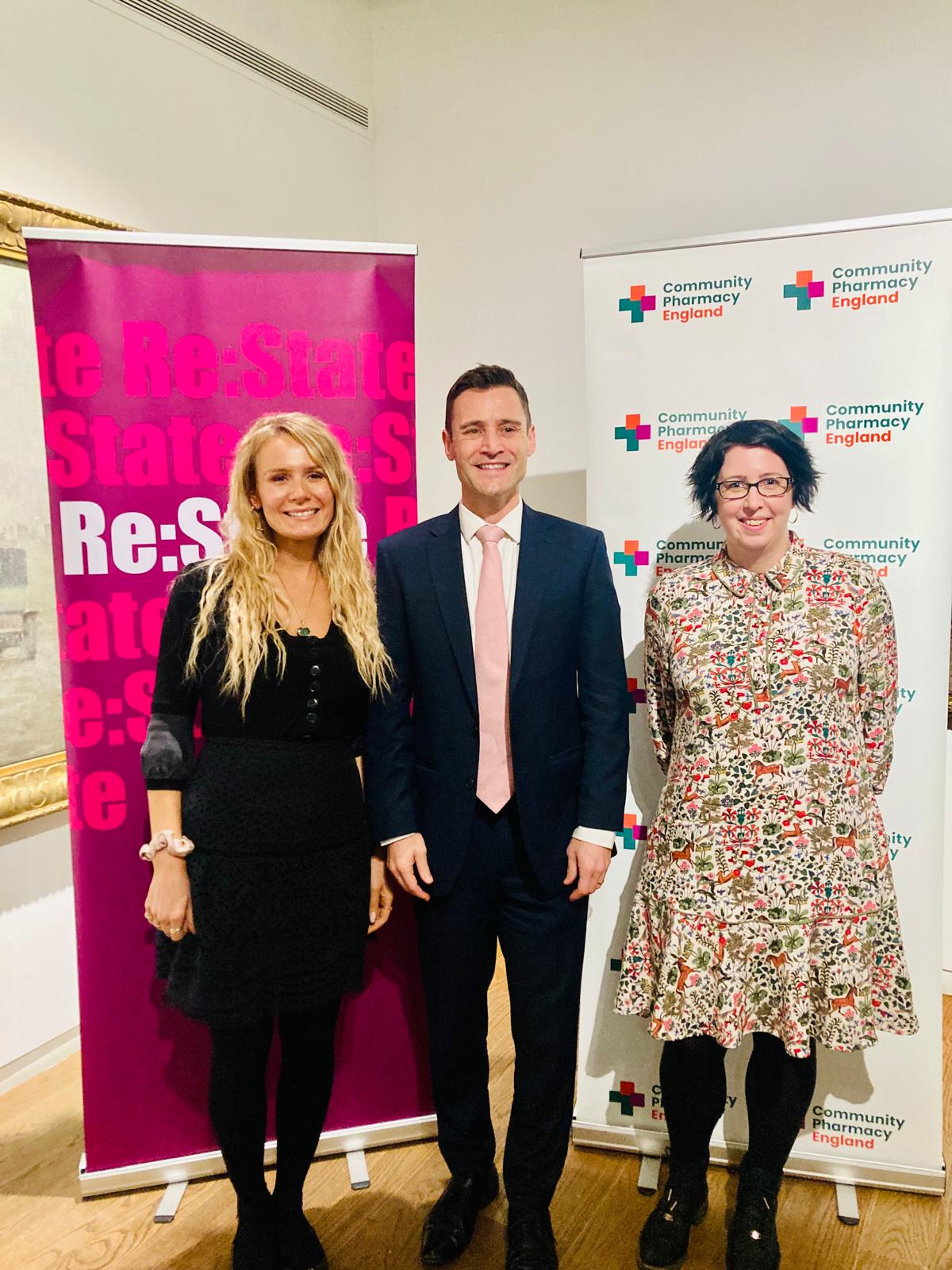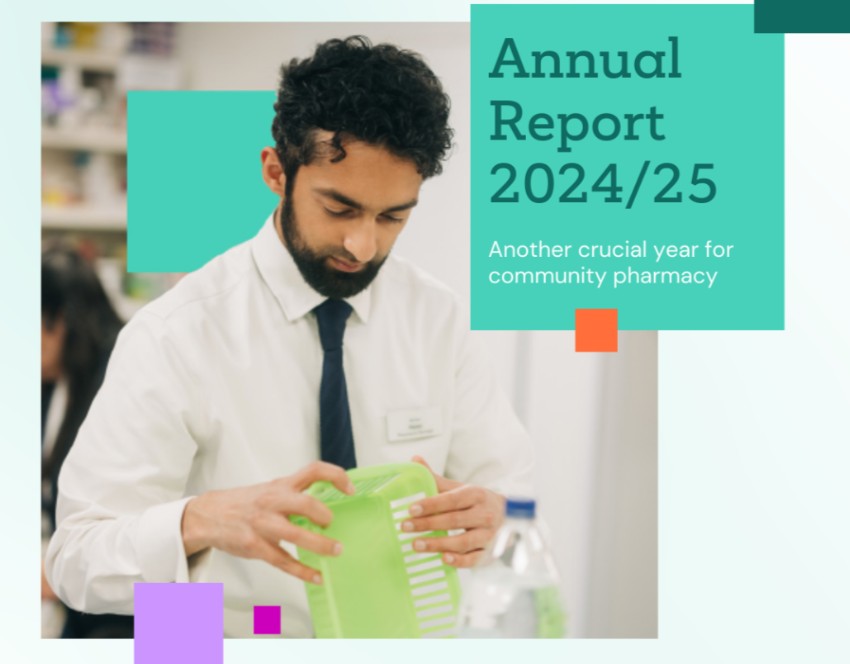Contract changes: general funding FAQs
On Monday 31st March 2025, the details of the contractual settlement for 2025/26 were announced, which included changes to funding arrangements.
This news story addresses key funding related questions that have been raised since the announcement of the settlement.
Why was the deal agreed in light of the findings from the Frontier Economics analysis?
The Committee reluctantly accepted the deal because it is the first significant increase in funding for the sector in 10 years and the highest across the whole NHS. Committee members were also mindful that the Government is currently engaged in developing the NHS 10-Year Health Plan and the 3-year Spending Review.
This is not viewed as a settlement that resolves all of the sector’s problems; the Government has acknowledged that this is only the first step towards stabilising the sector and that it has ambitions to define clearly the future role of the sector and its potential to further support the NHS. It has given a firm commitment to working with us towards a sustainable funding and operational model for community pharmacy.
Government was clear that the settlement was as much as they could deliver to help stabilise the sector given the current extreme pressures on public finances. The full economic cost figure and trajectory analysis gives a clear ambition to work towards and will be an important factor in DHSC’s submissions to the Comprehensive Spending Review.
After considerable deliberation, the Committee made the difficult decision to reluctantly accept the offer with serious caveats given the gap between the funding on the table and the full cost of delivering NHS pharmacy services identified in the Economic Analysis.
The Committee sees the offer as a first step towards sustainability, and we have been clear with Government that we will hold them to their commitment to working towards a sustainable funding and operational model.
What is the expected change in income for an average pharmacy?
The effective increase in the core Contract Sum funding in 2025/26 is +£511m compared to 2023/24, and the increase in Pharmacy First budget over the same period will be £167m. Spread over the total number of pharmacies in England currently, these two elements would equate to an average of roughly £65,200 per pharmacy, or £5,432 per month. There will also be the benefit of the £193m margin write off, which will keep reimbursement prices higher than they would otherwise have been.
In practice income will vary considerably by pharmacy, depending on size and the different levels of activities provided; we have produced an Indicative Income Calculator to allow pharmacy owners to produce a bespoke estimate for what their monthly income will be in 2025/26.
Does this settlement account for increases to employer’s National Insurance contributions, and increases in staff costs due to the National Living Wage?
The settlement represents the largest uplift that could have been secured for the sector and the largest uplift across any part of the NHS. There is an overall benefit to pharmacy owners of £841m in 2025/26, as compared to the final year of the previous 5-year settlement (2023/24).
This uplift is not allocated against any specific costs (such as wage rises or national insurance rises), rather it is part of a wider recognition that the sector has been critically underfunded for many years, and the Government has confirmed that this is just the first step towards realigning the funding and operational model of the sector to deliver a sustainable and healthy pharmacy service for pharmacy owners, the NHS, and patients.
If the contract sum quantum increased for 2024/25, why is there no extra or backdated payment for that year?
The negotiations for 2024/25 were significantly delayed due to the last Government calling a General Election and then the incoming Government needing to spend time taking stock of state finances across the whole of Government. In 2024/25, Government budgets were constrained by the previous Government’s spending provisions, but spending for 2025/26 was set in the Chancellor’s Autumn Budget.
As negotiations were not concluded until the end of 2024/25, DHSC determined that it would pay for all activity that had already been undertaken by pharmacy owners over the course of the year, which included growth in prescription numbers and the volume of clinical services provided.
This resulted in pharmacy owners receiving £106m more than the baseline funding from the previous year of £2,592m. £50m was included within the margin allowance and a net £56m went towards normal fee payments. There was no payment for PQS as no scheme was undertaken, and the funding which would otherwise have been used to fund a PQS was instead paid out in fees.
Will there be a risk to the value of the increased SAF if prescription item volumes continue to increase in 2025/26?
The SAF level for 2025/26 has been calculated with predicted prescription volume increases for the year already included. These are estimated to be in the region of 3% in 2025/26. If prescription volume growth trends are higher or lower than expected, there may be adjustments to fee levels during the year. These would be subject to negotiation between DHSC and Community Pharmacy England.
Were measures considered to front load funding to pharmacies as part of the settlement?
The Committee members, being pharmacy owners themselves, are acutely aware of the precarious finances of many pharmacy owners. Front loading was considered as a means of delivering funding for 2025/26 but some options we put forward were rejected by Government as being contrary to HM Treasury rules. However the SAF and margin reset will be in the April Drug Tariff and the 75% PQS Aspiration payment will allow some earlier release of funds.
The Negotiating Team did press DHSC to consider how to make payments to pharmacy owners more quickly, and further discussions will be undertaken on this.
We have also been pressing DHSC to include the payments for clinical services in the advance payment pharmacy owners receive from the NHSBSA. DHSC have agreed to this and the NHSBSA have been working on their systems to allow payments for clinical services to be included in the advance payment.
This will take time to undertake for all services, but starting with consultations for the Hypertension Case-Finding Service and the Pharmacy Contraception Service (PCS) provided in April 2025, the consultation fees for those services will be paid to pharmacy owners on the same day as the advance payment. Any reimbursement for items supplied in the PCS will be factored into the calculation for the advance payment itself.
Why was it agreed that the service fee for Blood pressure clinic checks should reduce?
When the service was introduced in 2021, the fees were based on a pharmacist providing the service, with the expectation that they would be changed once VAT regulations were amended to allow greater skill mix to be used in this and other clinical services.
In November 2023, following changes to the VAT regulations, which followed our long-term lobbying for this legislative amendment, the service specification was changed to allow suitably trained pharmacy staff to provide the service.
In negotiations, DHSC and NHS England proposed a significant reduction in the clinic check fee, referencing the change in the VAT legislation and the increased use of lower cost staff (compared to a pharmacist) in the provision of the service by pharmacy owners. The previous expectation that the fees would be changed following the introduction of skill mix was their rationale for the proposed significant reduction in the fee.
The Committee recognised the rationale being presented but also had a negotiating aim to increase the fees for some other clinical services, particularly the Pharmacy Contraception Service (PCS), where we had always considered the fee to be too low.
In the negotiations we consequently agreed to a fee reduction, but not as large a reduction as had originally been proposed by DHSC and NHS England. Our modelling of costs (including business overheads) for provision of a clinic check consultation, principally by a dispenser but with some pharmacist time allocated to each consultation to provide clinical supervision and support, aligns with the agreed fee.
The reduction in the fee enabled an increase in the ABPM fee, as the conversion rate from those people eligible for ABPM following a clinic check is considerably lower than hoped for, and it also helped free up funding to increase other fees, such as for the PCS.
Why are caps for Pharmacy First lower in April 2025 than they were at the end of 2024/25?
Caps on the number of consultations that can be delivered per month are based on actual delivery of Pharmacy First (clinical pathways). The mechanism for setting caps for Pharmacy First takes into account ‘underspend’ i.e. where caps are not met from earlier in the year and rolls this into allowances for later months. This mechanism meant that as the 2024/25 year progressed, more and more under delivered volume was rolled into caps, and these grew significantly.
However, as the under delivered volume for 2024/25 cannot roll into 2025/26 (HM Treasury rules do not allow transfer of unspent money from one financial year to the next), there is effectively a ‘reset’ of the system. The caps set from April 2025 are based on a target volume for 2025/26, but do not allow any under delivered allocations from 2024/25 to roll over.
As we progress through 2025/26, any under delivered volume will again be rolled over and used to increase allocations later in the year; depending on consultation numbers we may therefore again see the caps become higher later in the year.
How much of the original £645m Primary Care Access Recovery Plan (PCARP) budget was ultimately used?
The PCARP budget was a one-off funding pot made available to support community pharmacy services – particularly the introduction of Pharmacy First – but was not a ring-fenced budget like for example the Contract Sum. The budget was allocated to span two years and we estimate total spend in 2023/24 (year 1) was £204m and in 2024/25 (year 2) it was £145m.
In addition to Pharmacy First set up payments, monthly payments and service fees, this spend included paying some of the costs of the Hypertension Case-Finding Service and the Pharmacy Contraception Service, funding to support development of IT changes for the three services, NHS marketing for the Pharmacy First service and it also enabling a write-off of a debt for previously over-paid fees to pharmacy owners of £112m. The unused balances each year were absorbed by the NHS for other purposes.
Why was it agreed to split the NMS fee into two components?
During negotiations, DHSC and NHS England shared new NMS data obtained via the NMS application programming interface (API) with the NHSBSA’s MYS system, which was been implemented in some clinical services IT systems. This data showed that in around half of NMS provisions, the Follow up consultation was not undertaken because the pharmacy could not get hold of the patient.
The previous funding approach for the service allowed the pharmacy to claim the full NMS fee in the circumstance that the patient could not be contacted to undertake the Follow up consultation. The new API data highlighting the lower than expected number of Follow up consultations provided prompted DHSC and NHS England to propose a split fee. From their perspective, with a duty to ensure best use of tax payer funds, the new API data meant that action needed to be taken. When considering this proposal, the Committee also considered that it was a sub-optimal use of the limited contract funds to remunerate activity which was not provided. Consequently it agreed to the proposal for a split fee, with contract sum monies only being used where a consultation has taken place. Any monies not now spent on NMS fees remain in the contract sum and can be spent in other ways, most importantly in the increase to the SAF.
Will the split NMS fee result in a reduction in the overall funding for NMS provision?
We have not forecast a reduction in overall spend on NMS fees.
As pharmacies will now claim two £14 fees per NMS if they undertake both the Intervention and the Follow up consultations with the patient, the Drug Tariff has been amended to reflect that, with the cap on the number of NMS fees that can be claimed being doubled.
That means that some pharmacies may be able to offer NMS to more eligible patients, where their level of provision of Follow up consultations is lower than the number of Intervention consultations.
What actions are being taken to stop local manipulation of margin distribution (e.g. branded generic prescribing)?
A condition of our acceptance of this settlement was that DHSC and NHS England must address our concerns around the undermining of intended margin distribution mechanisms, by locally enacted prescribing policies such as the use of branded generics.
It was agreed that an in-depth margin review must take place, and we will work with DHSC and NHS England to ensure this takes place robustly and efficiently.
Can we expect further increases to the margin allowance in coming years? Aren’t further margin ‘clawbacks’ inevitable if this doesn’t increase?
The increase in the annual margin allowance to £900m applies to the year for 2025/26; the settlement wouldn’t prevent increasing the allowance further in future years. We will be scrutinising the effect of the changes to retained margin very closely, and will push DHSC for an increase in the envelope if that is deemed necessary.
After the disruption seen in medicines supply in recent years and the volatility of medicines pricing and availability, is margin still considered an appropriate mechanism for the delivery of funding to community pharmacies?
The inclusion of a margin element of pharmacy funding has been a key pillar of the contractual framework for many years. Even before this was officially formalised with the introduction of the new framework in 2005, pharmacies had been able to earn and retain margin on medicines they dispense for NHS prescriptions.
To remove the margin element from the contractual funding framework would be a significant change to the operational model for the sector; essentially diverting medicines procurement away from pharmacies to an NHS central procurement model. Such a drastic change to the operational model for the sector could only be proposed after lengthy and detailed expert analyses and consideration by the Committee.
As part of this funding settlement, we have agreed that all parties must work to develop an operational model that is sustainable and fairly funded. It is too early to say at this time what a new operational model may look like, but all potential viable options will be considered by the Committee.
What period does the £193m margin write off relate to? Why has this not been previously recovered via Drug Tariff reductions that have been implemented over the last 2 years?
Margin excess has been accumulated over a multi-year period, from around the start of 2020/21 and through to 2024/25. Multiple downward adjustments to margin delivery via Category M prices have been enacted in recent years, with the aim of recouping the over delivered margin and returning margin run rates to the intended level.
However, these downward adjustments have also coincided with significant reductions in generic medicines buying prices being observed across the board, as well as high volume molecules such as apixaban and rivaroxaban losing their brand patent protection.
These occurrences have added extra margin into the system and acted to confound the intention of the Category M reductions, which was to recover the over delivered margin.
Although this meant that there remained on the books a large portion of ‘excess’ margin which had been delivered to the sector, our position was that this funding was essential to pharmacy owners. Without it, even more closures would likely have occurred than we have seen, and patients’ access to pharmaceutical services would have been further jeopardised.
From our perspective, a reset of the system was essential. In practice this means a large write-off of the ‘over delivered’ margin, and an increase in the allowed yearly margin allowance, to take into account the growth in item volumes we have seen over many years.
Can you explain DHSC’s income growth figures?
DHSC has focused its communications on the growth in the headline Contract Sum, which pays for the CPCF and represents guaranteed funding for contractors.
They have compared 2025/26 with 2023/24, a two-year period, and recognised that the £30m baseline funding for HFCS and PCS has moved out of the Contract Sum into the Pharmacy First budget in 2025/26, freeing up capacity to pay for other activity. This gives an effective growth figure of 19.7%.







